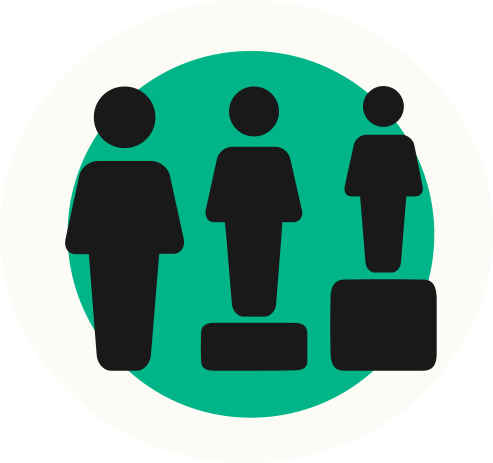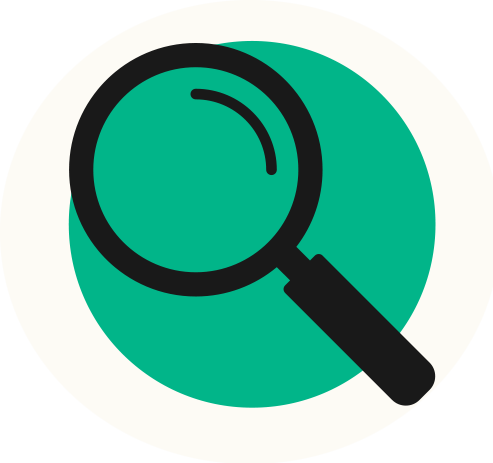Highly Capable Neighborhood School Model
Seattle Public Schools Advanced Learning Services Model
Why Advanced Learning is Changing
To address historical inequity, SPS has changed how we identify Advanced Learners and Highly Capable students.
All teachers will provide teaching and learning that is delivered with Universal Design for Learning (UDL) and differentiated to meet the needs of students within their grade level. The approach includes three tiers of service for students depending on individual needs, delivered in a way that honors individual cultures and backgrounds.
If you have questions about what AL or HC services look like at your student’s school, please reach out to your school’s staff first.
Three Tiers of the Neighborhood School Model
- Tier 1 is education provided for all students in the classroom in all schools. This includes universal design for learning, differentiated instruction, and talent development/enrichment.
- Tier 2 support services increase the depth and complexity, and provide for exploration, interest-based learning, and student voice centered activities through a variety of differentiation strategies within grade level content.
- Tier 3 support services are specifically matched to the student and determined by an individual needs assessment.
- All students participate in Tier 1 learning.
- Some students need additional challenge and Tier 2 services are added to their Tier 1 learning.
- Some students, after participating in Tier 1 and Tier 2 services, need something in addition to meet their complex needs.
Foundational Pillars
The foundational pillars are the Advanced Learning department commitments supporting the changes in the new service delivery model.

Ensure students furthest from educational justice have equitable access

Pillar 2
Identify learning abilities and talents by looking at the whole child

Pillar 3
Provide teacher training; Support for services

Pillar 4
Engage families often

Pillar 5
Provide tiered support and services
Supporting the Brilliance of Every Student
The HC Neighborhood School Model, which will be available in every school by the 2024-25 school year, is focused on ensuring access to services for every Seattle Public Schools student in every neighborhood school.
The program is not going away, it’s getting better. It will be more inclusive, equitable, and culturally sensitive. In particular, students who have been historically excluded will now have the same opportunities for services as every other student and get the support and enrichment they need to grow.
Transition to Neighborhood School Model
2021-22
2022-23
Year 1
2023-24
Year 2
2024-25
Year 3
2025-26
Year 4
2026-27
Year 5
2027-28
Year 6
